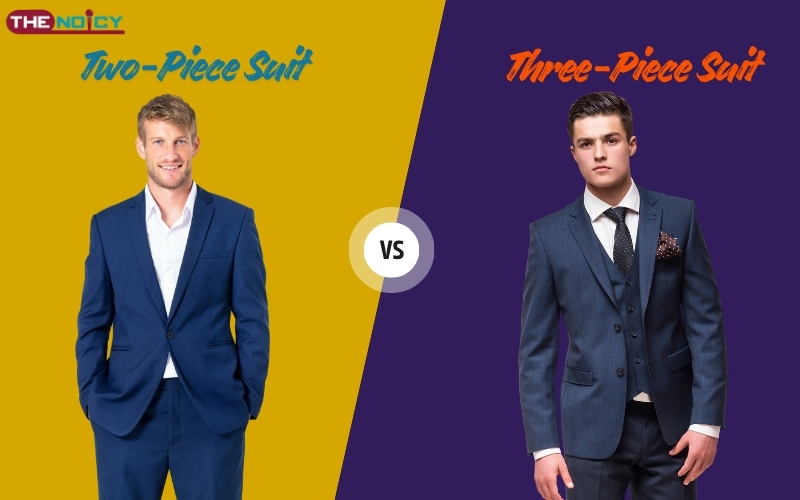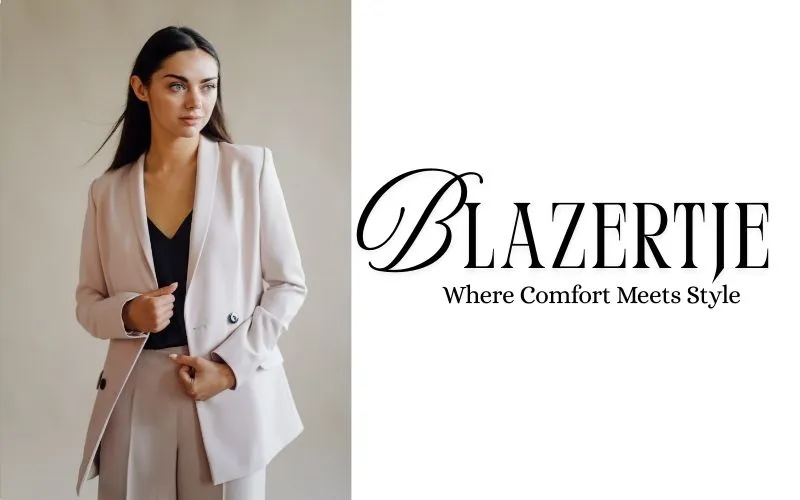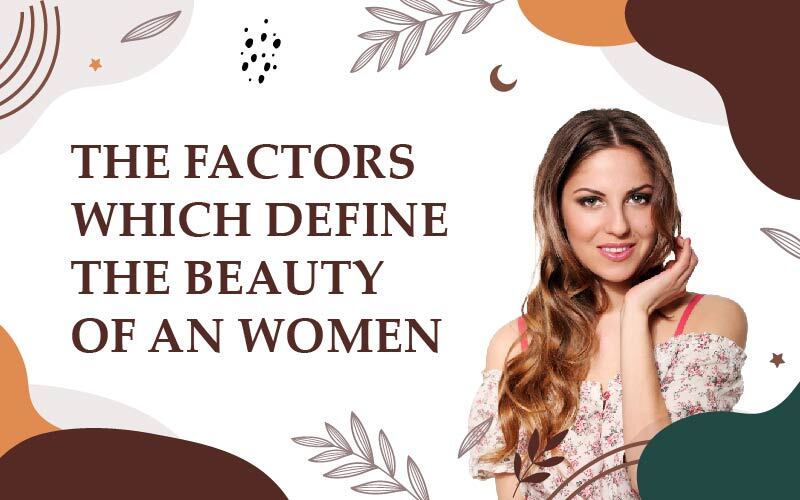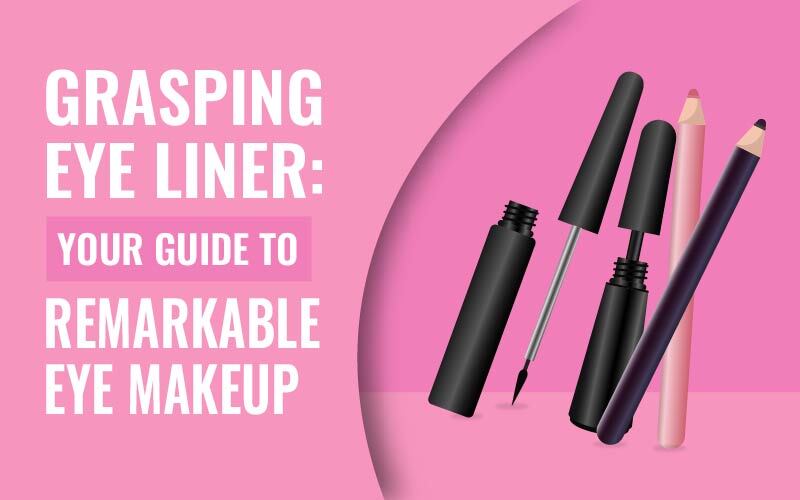A well-tailored suit is one of the most timeless pieces in a man’s wardrobe. Whether it’s for a formal business meeting, a family wedding, or a classy evening event, the right suit can elevate your entire appearance. But when it comes to choosing between a two-piece suit and a three-piece suit, most men pause and wonder which one fits the occasion best.
Both suit styles have their place in fashion. The two-piece suit is known for its simplicity, versatility, and comfort, while the three-piece suit brings sophistication, depth, and a polished charm. Knowing when and how to wear each type can help you always look well-dressed and confident, no matter the event.
In this blog, we’ll discuss what defines a two-piece and three-piece suit, their key differences, styling tips, and how to decide which one to wear for different occasions.
What Is a Two-Piece Suit?
A two-piece suit is the most common and practical type of suit. It includes a jacket (blazer) and trousers, both made from the same fabric. This classic style offers a clean, professional look suitable for everyday wear, from the office to casual formal events.
The jacket can come in either single-breasted or double-breasted styles, with the single-breasted being more popular for its versatility. Trousers are usually tailored to match the jacket’s design, giving a seamless and balanced appearance.
Why Men Prefer Two-Piece Suits
- Simplicity: Easy to wear and style for any occasion.
- Comfort: Lighter than three-piece suits, making it ideal for warmer weather.
- Versatility: Can be dressed up or down depending on the event.
- Practicality: Easy to maintain and great for frequent travelers or office wear.
Styling Tips for Two-Piece Suits
- Opt for navy, charcoal, or grey for professional settings.
- Choose lighter colors like beige or light blue for daytime events or summer wear.
- Pair with a crisp shirt and tie for formal occasions, or skip the tie for a smart-casual look.
- Add a pocket square or a lapel pin for a touch of personality.
The two-piece suit remains the everyday gentleman’s choice because it’s adaptable and effortlessly elegant.
What Is a Three-Piece Suit?
A three-piece suit includes a jacket, trousers, and a waistcoat (vest) — all made from matching fabric. The waistcoat adds an extra layer of refinement and formality to the outfit. This classic look is often associated with vintage elegance, power dressing, and special occasions.
Why Choose a Three-Piece Suit
- Adds Structure: The waistcoat provides a fitted silhouette and maintains a neat look even without the jacket.
- Formal and Elegant: Perfect for weddings, black-tie events, or business presentations.
- Versatile Styling: You can wear the full three pieces or remove the jacket for a semi-formal look.
- Timeless Appeal: A nod to traditional British tailoring and sophistication.
Styling Tips for Three-Piece Suits
- Keep the bottom button of the waistcoat unfastened for a refined look.
- Match the waistcoat fabric to the suit for a cohesive style, or try a contrasting waistcoat for a bolder fashion statement.
- Add accessories like a tie bar, cufflinks, or pocket watch for a classy finish.
- Stick to dark tones like navy, charcoal, or black for formal settings, and try check or tweed patterns for vintage-inspired events.
A three-piece suit offers more presence and confidence. It’s perfect for moments when you want to stand out without saying a word.
You Can Also Read: Blazertje – Stylish & Easy to Wear Outfit
Difference Between Two-Piece and Three-Piece Suits
Here’s a quick comparison to understand the key differences between these two timeless styles:
| Feature | Two-Piece Suit | Three-Piece Suit |
|---|---|---|
| Components | Jacket + Trousers | Jacket + Waistcoat + Trousers |
| Formality Level | Semi-formal to formal | Formal to ultra-formal |
| Comfort | Lightweight, breathable | Slightly heavier due to layering |
| Versatility | Great for business and casual events | Ideal for weddings, galas, and ceremonies |
| Look | Sleek and modern | Classic and sophisticated |
| Season Suitability | Perfect for spring and summer | Best for fall and winter |
| Ease of Styling | Simple and flexible | More structured and detailed |
Both types have their strengths. The two-piece is the go-to choice for daily wear, while the three-piece shines at grand or traditional events.
When and How to Wear Each Suit
Now that you understand the differences, let’s look at how to choose the right one based on the occasion and how to wear it stylishly.
When to Wear a Two-Piece Suit
A two-piece suit is your best friend for most occasions. It’s ideal for:
- Business meetings and office wear – A navy or charcoal suit exudes professionalism.
- Job interviews – Keep it neat and minimal with a white shirt and plain tie.
- Casual weddings or family events – Choose lighter colors or subtle patterns.
- Evening dinners or dates – Go tie-free for a smart yet relaxed appearance.
How to Style a Two-Piece Suit:
- Stick to neutral tones for corporate environments.
- Choose well-fitted trousers that complement your body type.
- Add brown or black leather shoes to complete the polished look.
- In cooler months, layer with a coat or scarf for warmth and style.
When to Wear a Three-Piece Suit
A three-piece suit is made for moments when you want to look exceptionally sharp. It’s suitable for:
- Formal weddings or black-tie events – A dark, tailored three-piece makes a strong impression.
- Business presentations – Exudes confidence and attention to detail.
- Special ceremonies or photoshoots – The waistcoat adds an extra dimension to your look.
- Winter events – The added layer keeps you warm while looking elegant.
How to Style a Three-Piece Suit:
- Always ensure the waistcoat fits snugly but not too tight.
- Coordinate tie and pocket square colors with your overall outfit.
- Avoid bold patterns if the event demands formality; keep it classic.
- Polish the look with oxford shoes or monk straps.
Whether you’re the groom, the best man, or a professional stepping into a big meeting, the three-piece suit helps you stand tall and confident.
Choosing the Right Suit for You
When choosing between a two-piece and three-piece suit, consider:
- Your personal style – Do you prefer minimalism or traditional formality?
- The occasion – A business lunch doesn’t require the same level of formality as a wedding.
- The weather – Three-piece suits are better for cooler climates.
- Your comfort – If you’re not used to layering, start with a two-piece.
Ultimately, confidence is the key to pulling off any suit. A perfectly fitted two-piece can look more impressive than an ill-fitted three-piece, and vice versa.
You Can Also Read: Fashion Accessories: Types, Trends and Importance
Conclusion
Both two-piece and three-piece suits have their unique appeal and purpose. If you value simplicity, comfort, and everyday wearability, the two-piece suit is your go-to choice. It’s modern, practical, and perfect for most settings.
On the other hand, if you want to make a bold, elegant statement for formal occasions, the three-piece suit is unmatched. Its structured layers and classic charm speak volumes about your attention to detail and sense of style.
No matter which you choose, make sure it’s well-tailored, fits your body perfectly, and reflects your personal confidence — because in the world of men’s fashion, fit and confidence matter more than anything else.
FAQs
Q. Is a three-piece suit too formal for everyday office wear?
Ans: Not necessarily. If your office has a formal dress code, a three-piece suit can look professional. You can always remove the jacket for a more relaxed tone.
Q. Can I wear a two-piece suit to a wedding?
Ans: Yes, definitely. For semi-formal or outdoor weddings, a two-piece suit in lighter shades like grey or beige looks perfect.
Q. Do I need a waistcoat to complete a suit?
Ans: No, the waistcoat is optional. It simply adds an extra layer of formality and structure to your look.
Q. Which fabrics are best for suits?
Ans: Wool, tweed, and linen are popular choices. Wool suits are ideal year-round, tweed for winter, and linen for summer.
Q. Should I match my shoes with my suit color?
Ans: Yes, color coordination is key. Black shoes go well with navy, charcoal, and black suits, while brown shoes pair beautifully with blue, beige, and light grey suits.
Q. What’s more versatile, a two-piece or a three-piece suit?
Ans: The two-piece suit wins for versatility. You can wear it to almost any event, and it transitions easily from business to casual.




